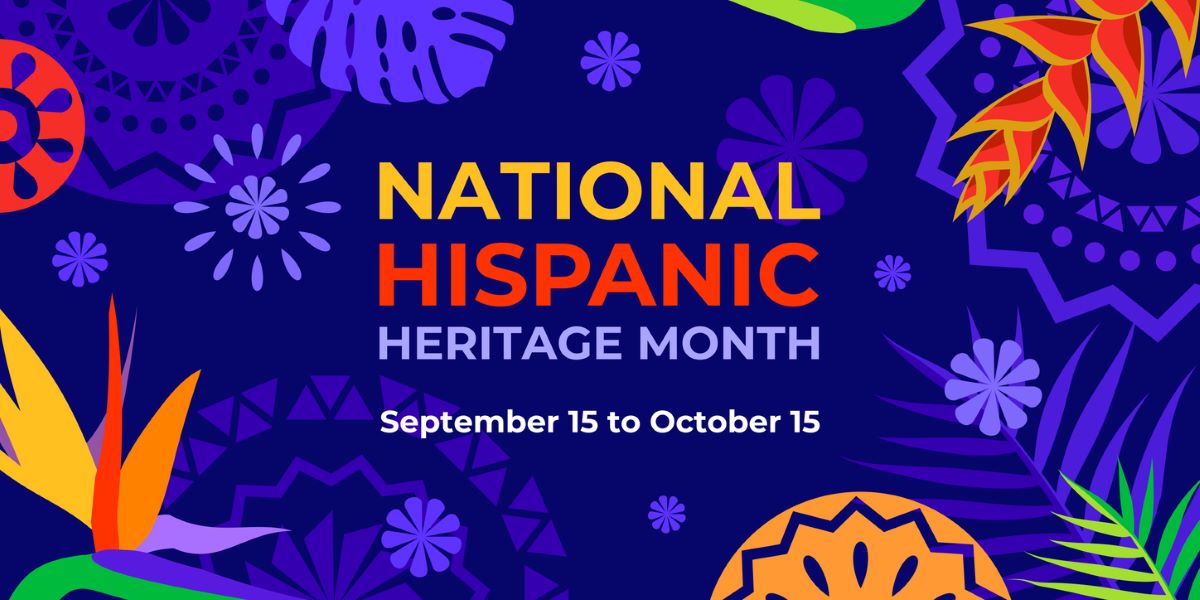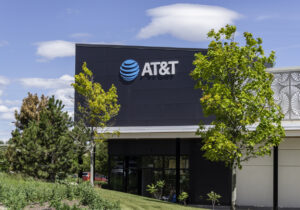The 3 C’s to creating ongoing—and meaningful—DE&I events
Break the habit of letting obligatory cultural moments box in your storytelling.

Whenever the topic of cultural moments comes up in conversations with clients, inevitably, the conversation veers into one of two directions:
- Concerns about companies only talking about underrepresented groups during particular heritage months.
- Content shared during heritage moments or awareness days remain superficial and feel performative year after year.
Often, communicators will spend the most energy on “what” to do for Black History Month or Latinx/Hispanic Heritage Month. Rarely do we stop and have the conversation on “why” we need to acknowledge Asian Heritage Month or Pride Month.
The root of performative communications and cultural moments is the “why” question going unanswered. It makes sense because it’s a harder and more introspective conversation that needs to happen. So, we tend to opt for the “what” we do and call it a day… or month.
Here are a few things to consider as you schedule the work session with your Employee Resource Group (ERG) leads, DE&I team members/council and communications team:
- Have an honest conversation about why DE&I is important at your organization.
- Tie to the organization’s mission, vision and values.
- Build relationships with folks who have the lived experience of the cultural moments you collectively decide to acknowledge during the year.
- Listen to them. And believe them.
Then, follow the lead of the community, and collaborate on the content they recommend. These moments are about them, and they must take the lead in what the content should cover. Communicators are the support teams, the ones who own the channels and can help the community share the content and engage colleagues to drive education, awareness and action.
Make sure your content strategy for cultural moments includes these three C’s:
- Celebrate: Cultural moments are opportunities to celebrate traditions, learn history, highlight employee stories, showcase branded Zoom backgrounds, and maybe even throw virtual parties. But if that’s all your company does, then you’re missing authentic action. This is how efforts become performative—especially if communicators own the budget. We end up buying rubber bracelets, when we should just give the budget to the communities/ERGs/Council instead. Let’s focus on our core competency to design messaging, channels and employee engagement.
- Crisis: Don’t only react when something horrific happens. Help people understand issues affecting the community, so the social context surrounding a horrific event is better understood. Acknowledge key issues that the very same community you’re celebrating is facing. For example, Latinx/Hispanic Heritage Month is from September 15 – October 15 in the U.S. To only speak of food, famous people, and sending out a Spotify playlist are not actually helpful to the Latinx and Hispanic community. Ask them what might be important, helpful or meaningful, then work with them to create listening sessions, external speaker events, employee experience panels, giving opportunities and volunteer opportunities. Discuss what needs more awareness, what equity means, where the needs are, and how people can get involved in substantive ways.
- Consistency: Folks don’t like to only be talked about or highlighted once a year. It doesn’t feel good, and doing so can feel tokenizing at times. Be proactive and intentional with your editorial calendar in sharing stories and issues outside of cultural moments or moments of crisis impacting a community.
The fall is strategic planning and budget allocation time for many organizations. This is the time to have these kinds of crucial conversations to not repeat what didn’t really have an impact this year, last year, and the last five years.
Have a dedicated time to talk about why your organization acknowledges cultural moments, and commit to work with your employee communities to learn how to make these opportunities more meaningful. And, most importantly, develop the consistency to build trust, so you can continue to honor stories and histories beyond celebrations and crisis.
If/when another crisis occurs, you’ll be in a stronger position to respond in a meaningful way that genuinely supports everyone who is impacted. Be there for your folks in celebration, and in crisis—and be consistent.
Kim Clark is a consultant with Ragan Consulting Group and specializes in diversity, equity, and inclusion communications. Schedule a call with Kristin Hart to learn how we can help you improve your brand journalism and storytelling strategy. Follow RCG on LinkedIn here.
Join her Conscious Communicators LinkedIn group here.






